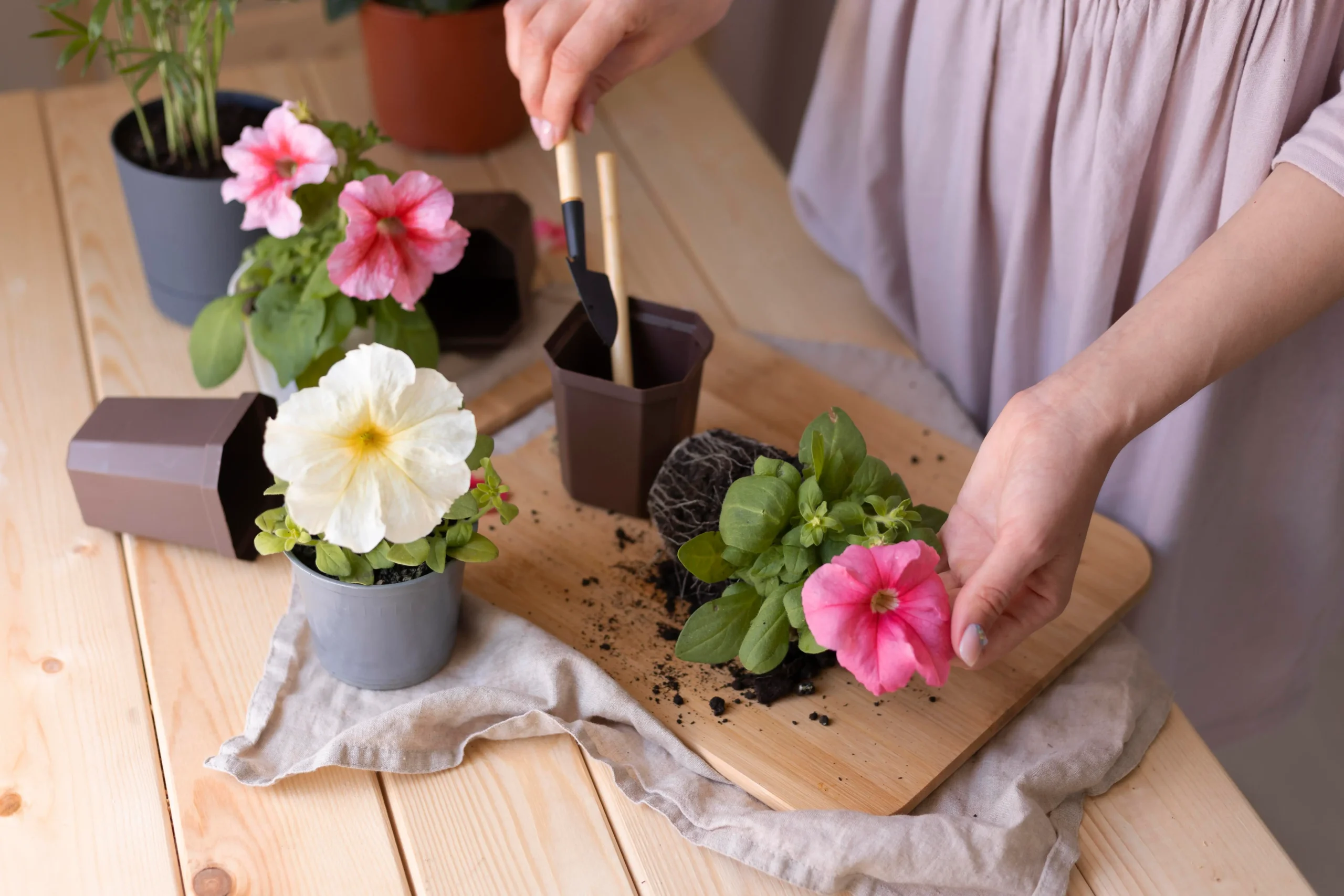Selecting the ideal location for your flower garden is crucial for its success. The first step is to assess the amount of sunlight the area receives. Most flowering plants require at least six hours of sunlight per day, so it’s essential to choose a spot that meets this requirement.
Additionally, consider the soil quality and drainage in the area. Well-draining soil is essential to prevent waterlogging, which can lead to root rot and other issues. Furthermore, ensure that the location is easily accessible for maintenance and watering.
Once you’ve identified a suitable location, consider the aesthetic aspects as well. A flower garden can enhance the beauty of your outdoor space, so choose a spot that complements the overall landscape. Whether it’s a corner of your backyard, a section of your front yard, or a dedicated area in a community garden, the right location will set the stage for a stunning flower garden.
Key Takeaways
- Choose a sunny location with well-drained soil for your flower garden
- Select a variety of plants with different colors, heights, and blooming times for visual interest
- Design your garden layout with focal points and pathways for easy access and maximum impact
- Use organic mulch and natural pest control methods to maintain a healthy and eco-friendly garden
- Regularly water, prune, and fertilize your garden to enjoy beautiful blooms for years to come
Selecting the Perfect Plants for Your Garden
Creating a stunning flower garden begins with choosing the right plants. This decision is crucial as it sets the tone for the entire garden.
Consider Key Factors
When selecting plants, consider factors such as the climate in your region, the soil type, and the amount of maintenance you’re willing to undertake. Native plants are often a great choice as they are well-adapted to the local climate and require minimal maintenance once established.
Ensure Continuous Color
Additionally, consider the bloom time of different plants to ensure that your garden has continuous color throughout the growing season. When selecting plants, think about creating a diverse mix of flowers with varying heights, colors, and textures. This will add visual interest and create a dynamic garden landscape.
Research and Select Wisely
Research different plant species to understand their growth habits and care requirements. By carefully selecting a variety of plants that thrive in your specific growing conditions, you can create a vibrant and visually appealing flower garden.
Designing Your Garden Layout for Maximum Impact
The layout of your flower garden plays a significant role in its overall impact. Consider factors such as plant height, bloom time, and color coordination when designing the layout. Grouping plants with similar water and sunlight needs together can make maintenance more manageable and ensure that each plant thrives in its environment.
Incorporate elements such as pathways, borders, and focal points to add structure and visual appeal to your garden. Pathways can provide access for maintenance while also guiding visitors through the garden. Borders, whether created with low-growing plants or hardscaping materials, can define the edges of the garden beds and add a polished look to the overall design.
Focal points, such as a striking sculpture or a beautifully blooming tree, can draw attention and create visual interest within the garden.
Essential Gardening Tips for Maintaining a Healthy Flower Garden
| Tip | Description |
|---|---|
| Choose the right location | Ensure your flower garden gets enough sunlight and has good drainage. |
| Watering | Water your flowers deeply but less frequently to encourage deep root growth. |
| Soil preparation | Amend your soil with organic matter to improve its structure and fertility. |
| Pruning | Regularly prune your flowers to remove dead or diseased growth and promote new blooms. |
| Weeding | Keep your flower garden free of weeds to reduce competition for nutrients and water. |
| Fertilizing | Use a balanced fertilizer to provide essential nutrients for healthy flower growth. |
Maintaining a healthy flower garden requires regular care and attention. Watering is crucial, especially during dry periods, but it’s essential to avoid overwatering, which can lead to root rot and other issues. Mulching can help retain moisture in the soil and suppress weed growth, reducing the need for frequent watering and weeding.
Regular pruning and deadheading can promote healthy growth and prolong the blooming period of your plants. Removing spent flowers not only keeps the garden looking tidy but also encourages the plant to produce more blooms. Additionally, keep an eye out for pests and diseases, addressing any issues promptly to prevent them from spreading throughout the garden.
Incorporating Color and Texture into Your Garden Design
Color and texture are essential elements in creating a visually stunning flower garden. When selecting plants, consider how their colors will complement or contrast with one another. For example, pairing complementary colors like purple and yellow can create an eye-catching display, while contrasting textures such as smooth petals against feathery foliage can add depth to the garden.
Consider the seasonal changes in your garden when planning for color and texture. Choose plants that offer interest throughout the year, whether through their blooms, foliage, or seed heads. By carefully considering color combinations and textural contrasts, you can create a visually captivating flower garden that evolves with each season.
Creating a Sustainable and Eco-Friendly Flower Garden
Native Plants: The Key to a Thriving Ecosystem
Choose native plants that are well-suited to your local climate and require minimal water and maintenance once established. Native plants also provide essential habitat and food sources for local wildlife, contributing to biodiversity in your area.
Environmentally Friendly Practices for a Healthy Garden
Incorporate environmentally friendly practices such as composting kitchen scraps and yard waste to enrich the soil naturally. This approach helps to maintain a healthy balance within your garden ecosystem.
Avoid Harmful Chemicals and Opt for Organic Methods
Avoid using chemical pesticides and fertilizers that can harm beneficial insects and pollinators. Instead, opt for organic gardening methods and natural pest control solutions to maintain a healthy and thriving garden ecosystem.
Enjoying the Fruits of Your Gardening Labor: Tips for Long-Term Success
https://www.youtube.com/embed/B8dTdE7CjTQ
As your flower garden matures, continue to monitor its growth and make adjustments as needed. Regularly assess the health and vigor of your plants, replacing any that may have outgrown their space or become less productive over time. Consider adding new plants or rearranging existing ones to keep the garden looking fresh and vibrant.
Take time to enjoy your flower garden throughout the seasons, observing how it changes and evolves over time. Whether it’s a quiet moment of reflection among the blooms or sharing the beauty of your garden with friends and family, savoring the fruits of your gardening labor is one of the most rewarding aspects of creating a stunning flower garden. By following these tips for long-term success, you can continue to cultivate a flourishing and beautiful outdoor space for years to come.


